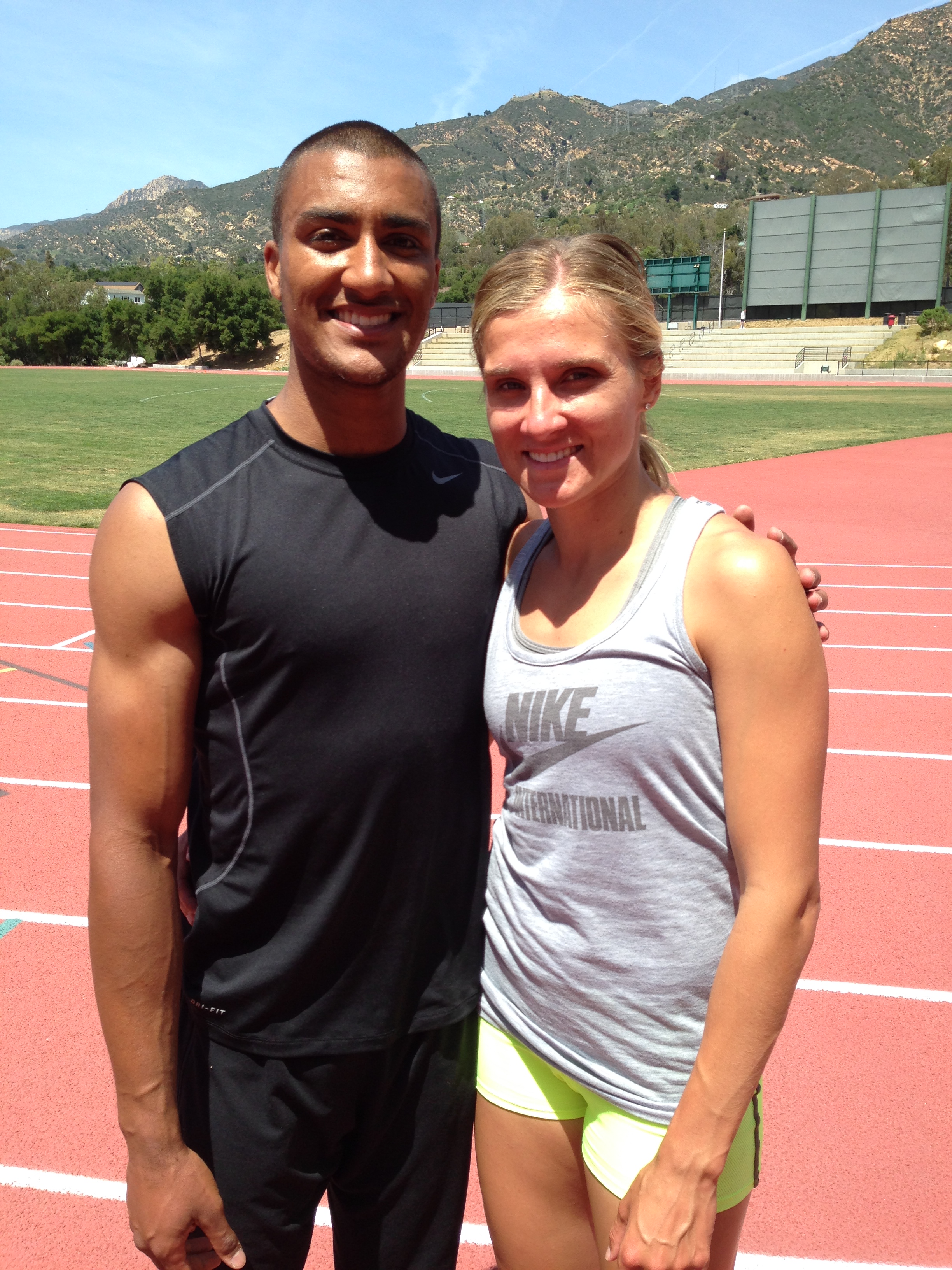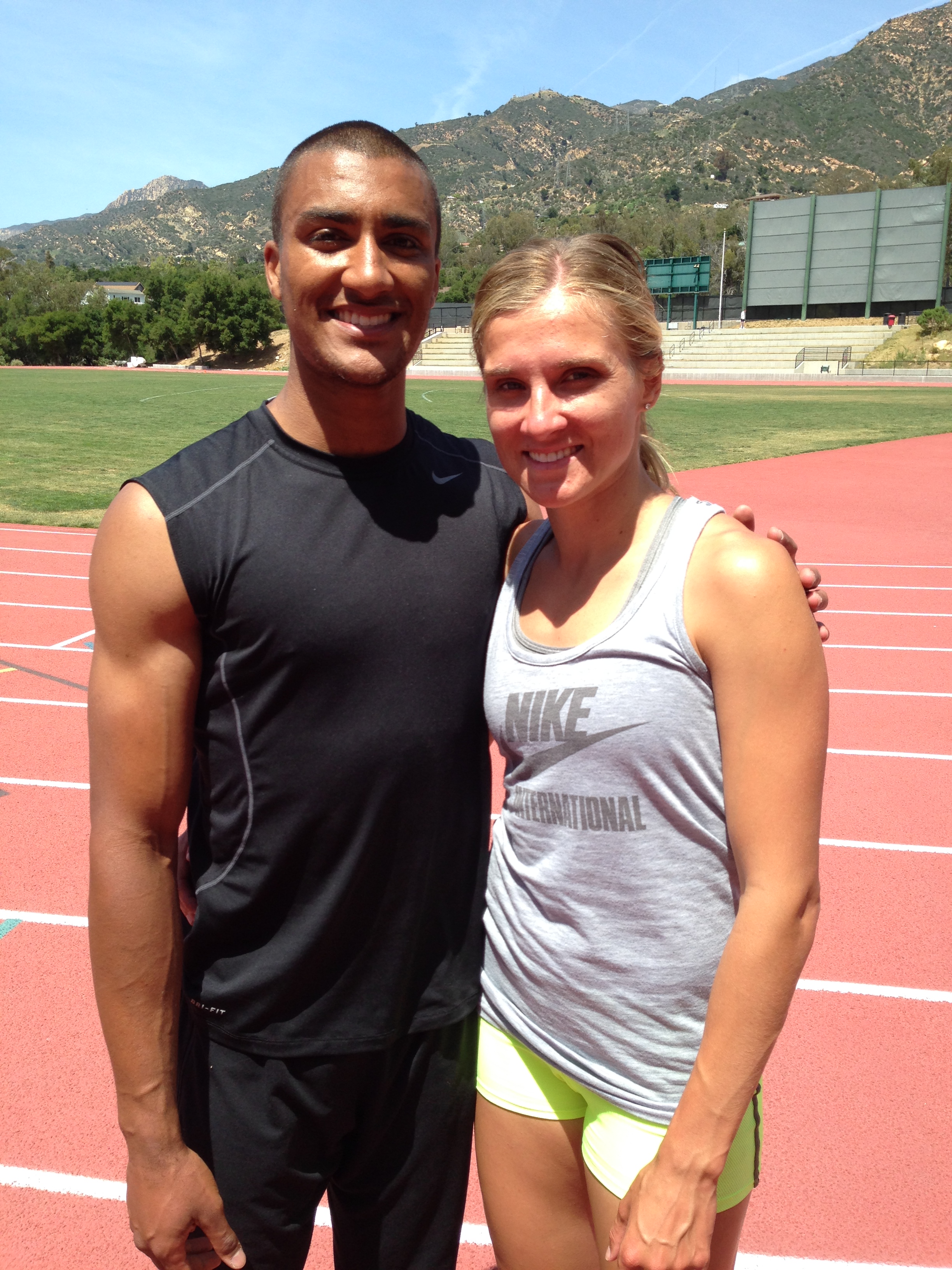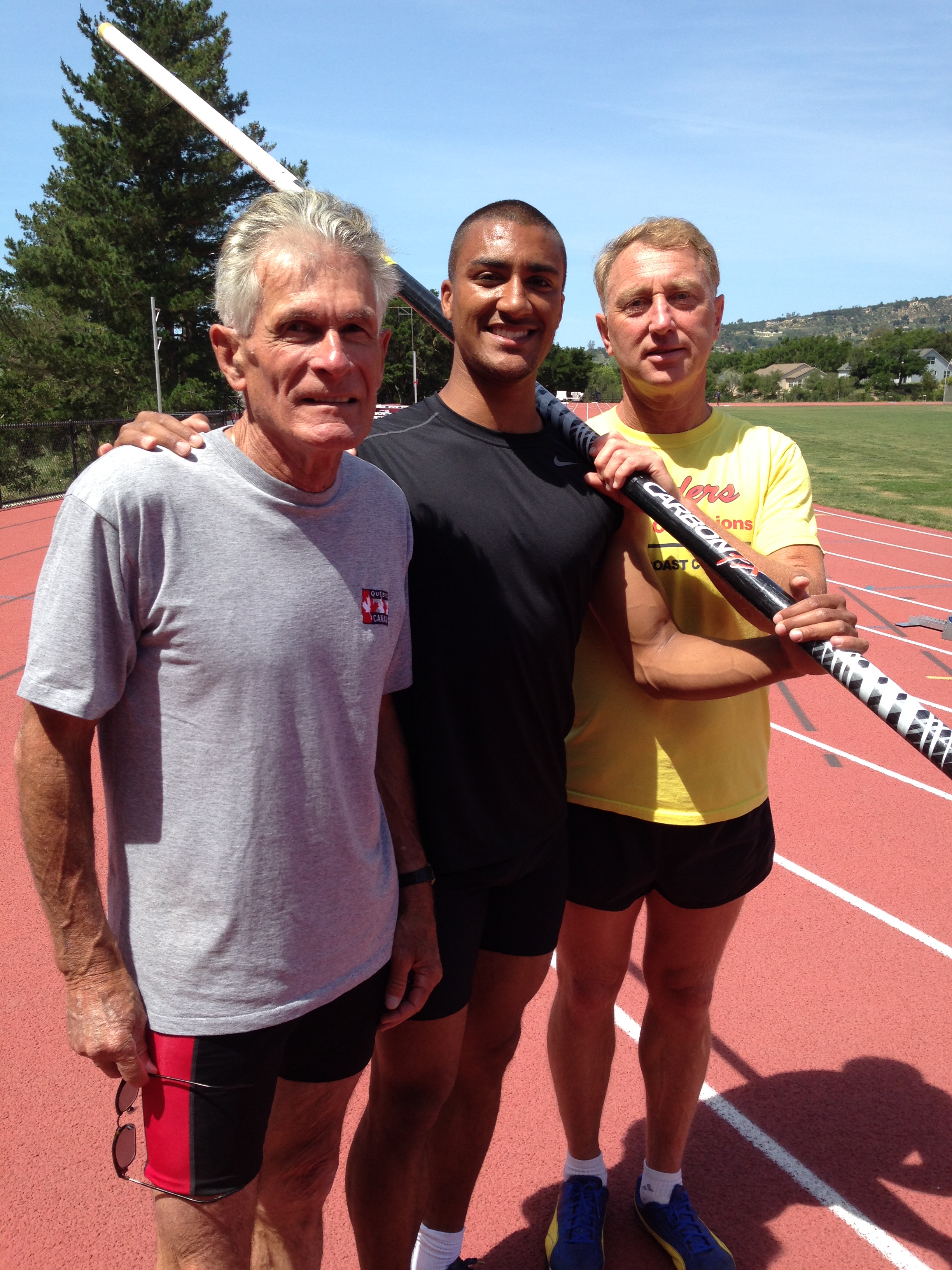SANTA MONICA, Calif. — They could have held the news conference on Tuesday formally announcing Los Angeles’ entry into the 2024 bid race anywhere. At the LA Memorial Coliseum. At Staples Center. In Hollywood, with the iconic sign as a backdrop, like in so many movies. No.
This event, one of the most intriguing and rousing plays in recent Olympic history, was staged at the beach.
Literally, at the beach.
With twin palms standing tall as frames for the dozens of cameras and television crews. Bicyclists riding by. And, of course, beach volleyball and, beyond, the brilliant blue of the Pacific Ocean sparkling on a spectacular summer afternoon.
The Olympic movement, the Summer Games, the International Olympic Committee — they all, to be candid, need to be cool again.
At the risk of being obvious, the Southern California beachfront is unequivocally one of the coolest places on Planet Earth.
Before it all got underway, the music that was playing from the speakers: “Good Vibrations,” by the Beach Boys.
For sure.
Take a look at this selection of photos from the event, at which U.S. Olympic Committee chief executive Scott Blackmun declared, “I want to thank Los Angeles for standing up once again as America’s bid city,” and LA mayor Eric Garcetti — speaking first in English, then in Spanish, then in French — said, “This is a great day for Los Angeles and a great day for the Olympic movement.”
What makes Los Angeles different from Paris, Rome, Budapest and Hamburg, Germany, its expected competition in the 2024 campaign?
Which of the five candidates boasts an extraordinary beachfront?
And, along with it, a beach culture known now in far corners of our world, a culture in which surfing and skateboarding — two events that young people, you know, actually really like — feature prominently?
This is why, among other reasons, Los Angeles should have been the USOC’s first choice all along.
But also why that whole months-long adventure elsewhere — someplace in Massachusetts, if memory serves — will quickly become a historical footnote, and no more, as the 2024 campaign develops and hurtles toward the IOC vote in the summer of 2017, in Lima, Peru.
The mayor, who along with the sports executive Casey Wasserman will be the central figures in the LA bid, proved yet again that he is a most compelling public official.
It’s not just that he is a Rhodes Scholar or served as an officer in the United States Naval Reserve. It’s not just that he can speak to others in their language.
It’s what he says.
“Breathe this moment in,” Garcetti told the assembled crowd, which included athletes who had starred at the 1984 Games, such as the diver Greg Louganis and the gymnast Peter Vidmar; 2008 Beijing decathlon winner Bryan Clay; members of the gold-medal winning London 2012 U.S. women's water polo team; and volleyball standouts.
“There are very few moments like this in our lifetime where this place and this space and this time transcend this moment.
“Look at these historic bluffs behind you. In front of you, the endless possibility of the Pacific Ocean. And this moment of the Pacific Rim. And here we are in a city that represents, to all of us, human possibility, ingenuity, creativity and diversity.”
Janet Evans, the gold medal-winning swimmer from the 1988 and 1992 Games, also stole a star turn Tuesday. In 1984, she said, she was 12, breathing in the moments from the seats at the Coliseum. Now, she said, at the outset of this 2024 bid, it must be that this LA effort is not just limited to Southern California. Nor just a bid. More, she said.
“If we are going to win these Games, and I like to win, we need to have every American behind us in this bid,” she said. “So,” turning toward the athletes, assembled on a row of seats nearby, “I am asking my Olympic and Paralympic friends to lead the effort to make the LA24 bid not just an LA bid but a national campaign and a national celebration.”
The Olympics can sometimes get such a bad rap. The two-year bid process can be a slog of numbers, finance, politics. The seven-year build-up to a Games can sometimes seem a protracted exercise in doubt, worry, negativity.
What gets lost, way too often, is the very thing that was showcased Tuesday at the beach: the hope and promise of the Olympics, the possibility of the human experience, the notion that sport has a legitimate role to play in moving the world forward toward a better way.
Earlier Tuesday, the Los Angeles city council voted 15-0 to authorize the mayor to sign an agreement with the USOC over bidding for the Games. In LA, as Garcetti said, “The Olympics is in our DNA.” It is. It’s why eight of 10 people want the Games back in Southern California, according to a recent poll.
Vidmar, who since late 2008 has served as chairman of the U.S. Gymnastics board of directors, explained:
“The fears that many people in Boston had are the same fears that many people had in LA before 1984. Which were: How much is this going to cost us? And what about traffic?
“And we saw in Los Angeles in 1984 that neither of those problems materialized. And I’m very confident that this will happen again the next time the Games come to Los Angeles.”
Garcetti, who keeps a 1984 Olympic torch in his office, never lost faith that it could, should, would be LA: "We do this because we believe since ancient times that human potential is always just in front of us, that the best has never yet been achieved. And that a moment in time, we can taste for a moment,” a reference to the 17 days of a Summer Games, “what it feels like to have a human family come back together.”
He said, noting the 1932 and 1984 Games, that “this is a quest that Los Angeles was made for.”
At the same time, and this must be stressed, while the 2024 bid can link back to a proud history in town, this is a new LA.
Once more: it is.
The city and all of Southern California has become a very different place since long-ago 1984.
In 1984, Eric Garcetti was 13. He came home to LA from sleep-away summer camp to see one of the last days of the Olympic track meet; to see as well the closing ceremony; to see, as he described it Tuesday, “the transformative power of the Games, not just to change my life but to change my city forever.”
He said, “When people said, ‘Oh, you’re from LA,’ after ’84, they knew us. They had already seen our films, our television programs, they had a sense of us. But they got a sense of our soul after 1984.
“Today we are here in a new Los Angeles. This is the face of a new America, a city that reflects the world as it is today and where this country will be tomorrow.”
It is the case, as Wasserman pointed out, that some 85 percent of the venues that would be needed for 2024 are already built or in planning regardless of any Olympic anything.
That said, about 80 percent of the venues that would be needed for 2024? New since 1984.
An $8.5 billion makeover at Los Angeles International Airport? Already underway, Garcetti said.
Some $40 billion in transit improvements, including extensive light-rail capacity throughout Los Angeles County? Voters approved a half-cent sales tax increase via what was called Measure R in 2008, unleashing that $40 billion through 2039.
The one major we’ll-figure-it-out in the bid as it stands now is the projected Olympic Village; if LA wins, the organizing committee would put in $75 million, a developer $925 million. “We have had a lot of interest from the private sector,” the mayor said, understating matters.
The ledger sheet strongly suggests that an LA24 Games would very likely make a lot of money. Even so, city council members were assured that the approval they gave Tuesday is merely the start of discussion and negotiation with Olympic officials; taxpayers are not committed.
"This is the engagement, not the wedding," council president Herb Wesson said.
“We are not changing the face of our city to fit the Olympic Games,” Garcetti said. “Instead, we are adapting an innovative Olympic Games concept to comfortably fit in what the city is doing already.”
As Blackmun said, “When we look at LA and what the mayor and Casey and their team have built, we see a framework for an ideal matchup,” adding a moment later, “We believe in the vision of LA. We believe this city can produce a new kind of Games for a new Olympic era,” one in line with IOC president Thomas Bach’s would-be reform plan, called Agenda 2020.
“We will do this openly. We will do it openly with the press. And we feel strong enough about this bid,” the mayor said, “that there’s nothing we can’t share.”
“Thank you,” Garcetti said at the end of his remarks and a Q&A session, before he, Wasserman, Blackmun and USOC board chairman Larry Probst headed off to Switzerland for meetings at IOC headquarters in Lausanne Wednesday evening and Thursday. The music turned to Randy Newman's "I Love LA."
“Feel free,” the mayor suggested, “to stay at the beach all day.”











